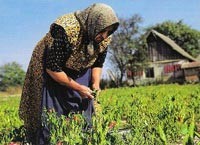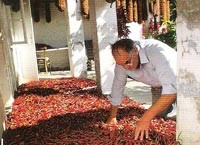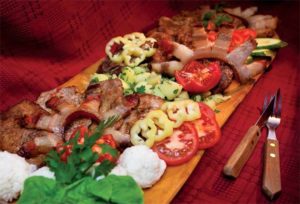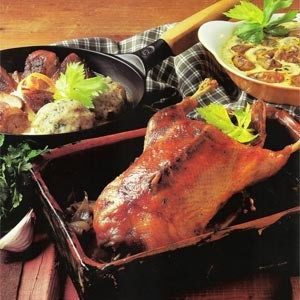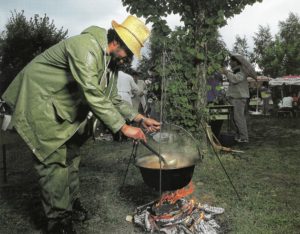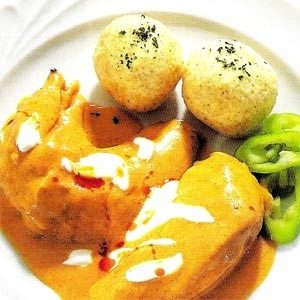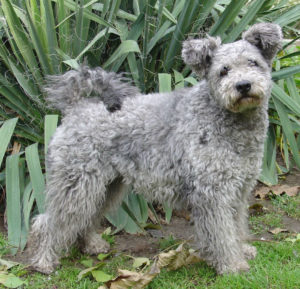Paprika – the premier
“What spice do you associate with Hungary?” The answer to this question is unlikely to tax competitors in gastronomic quizzes anywhere in the world: paprika. A lot of people believe that it is paprika which gives Hungarian dishes their typical heat — a heat that makes your eyes burn with the first mouthful, and forms a ball of fire in your stomach.
Others have heard that the feared Hungarian warriors of the early Middle Ages, who rode through Europe on the backs of wild horses, striking fear and terror in the hearts of the locals, were fired by paprika-laden dishes.
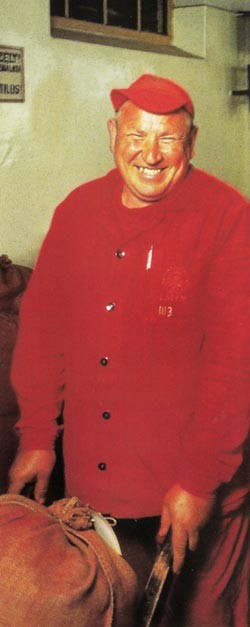
Pepper’s cultural history is dogged by uncertainty and contradiction. Just about the only fact that seems fixed is that it was the doctor on Columbus’ voyage of discovery who brought the first pepper seeds from Central America to Europe. However, some types of pepper are native to the Indian subcontinent, and some researchers believe that the Hungarian and Asian types are related. We do know that the first pepper plants arrived in Hungary during the 17th century, supposedly brought by the Turks, who occupied the country at the time. They grew the plants under strict guard in the central courtyards of their houses, and any Hungarians who considered growing pepper for their own use were threatened with decapitation.
According to another theory, ethnic groups from the Balkans, fleeing north from the Turks, introduced pepper seeds to Hungary. This last theory is the most likely, since the towns of Szeged and Kalocsa, which compete against each other for the title of “Paprika capital,” are both in the southern part of the Great Plain, close to the Balkans.



